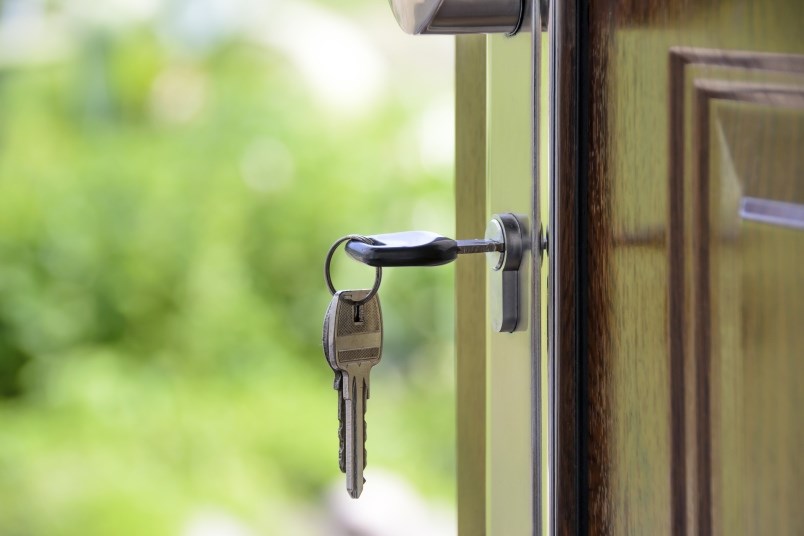Sales in the top end of the North Shore real estate market are continuing to fall and prices are beginning to edge downward.
The most recent statistics from the Greater Vancouver Real Estate Board point to a continuing slump in the housing market from its frenzied peak two years ago.
Statistics show that sales in West Vancouver – one of the most expensive real estate markets in the country – are among the most sluggish in the region.
Only about 16 per cent of homes listed between January and May sold in West Vancouver, compared to about 31 per cent at the same time last year, according to the real estate board’s statistics. In North Vancouver, about a third of listings are selling, compared to over 50 per cent at the same time last year.
Sales of single-family homes to the end of May were down 77 per cent in West Vancouver from the peak of the market in 2016, said Brent Eilers, a West Vancouver real estate agent with over 35 years’ experience. In North Vancouver, sales are down about 54 per cent over that two-year time frame.
“It just shows an ongoing slowdown in sales,” said Eilers.
Eilers said only 135 single family homes in West Vancouver have sold between the beginning of 2018 and the end of May, compared to 584 during the same time period in 2016. In North Vancouver, 322 houses sold in the first five months of this year, compared to 704 in the first five months of 2016.
The foreign buyers tax, elimination of “shadow flipping” and new mortgage stress tests have all contributed to a cooling of the North Shore housing market, said Eilers.
Prices have also started to edge down. An average West Vancouver selling price of $3.8 million at the peak of the market is now down to about $3.2 million, said Eilers.
In the highest end of the luxury market, that change is even more pronounced.
“If you talk to people who have homes worth over $4 million . . . they’re down a ton,” said Eilers.
The three main categories of sellers on the North Shore have been builders, investors and downsizers, said Eilers.
“A lot of the lots are being sold with plans included,” he said.
Listings are up between 20 and 35 per cent in both communities compared to historical norms, he added.
Eilers said he expects prices to continue to fall.
“It’s become more evident to the public it’s a slow market.”



